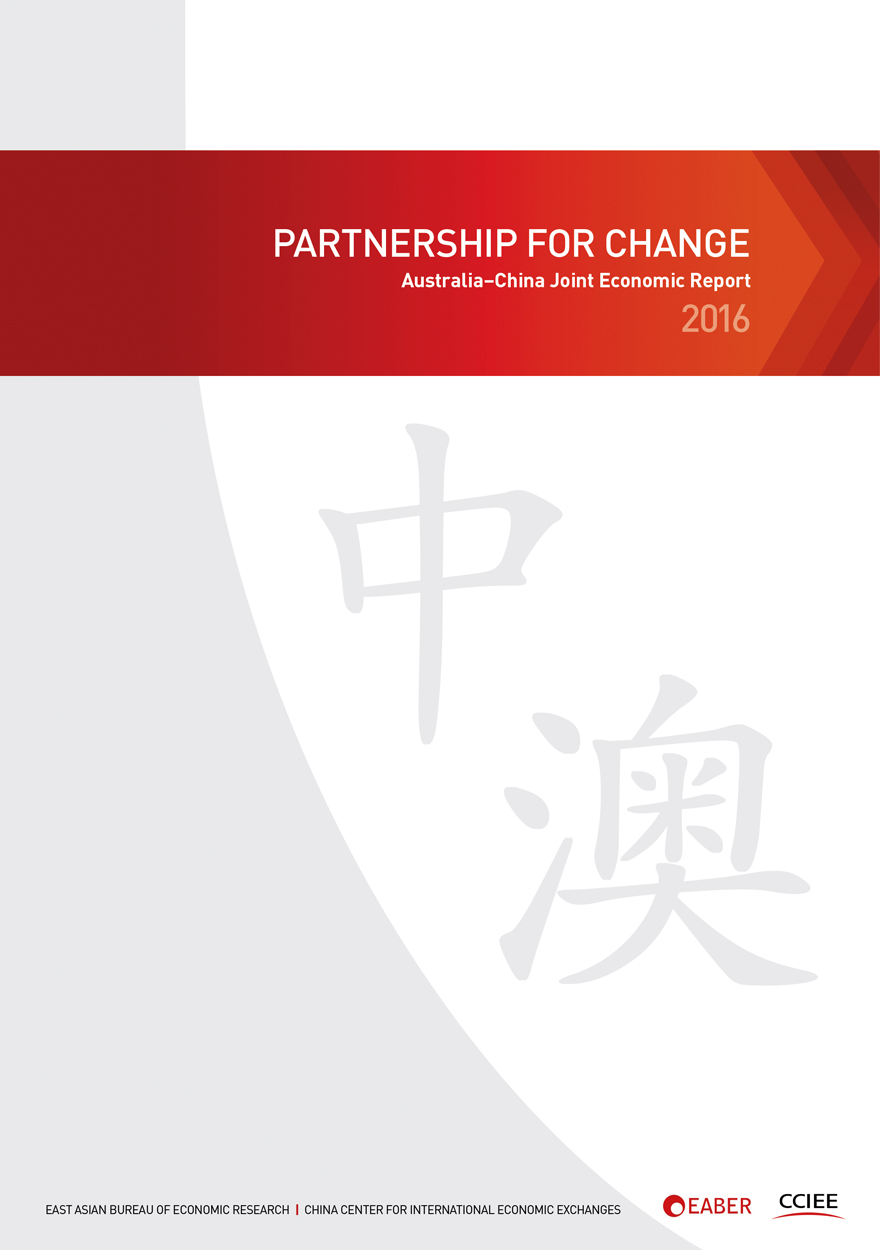Search titles
Displaying results 111 to 120 of 358.

Party Rules? »
Dilemmas of political party regulation in Australia
Edited by: Anika Gauja, Marian Sawer
Publication date: October 2016
Trust in political parties has never been lower, but we have more and more of them, to the point where voters need magnifying sheets to read ballot papers. What is the relationship between party regulation and the nature of our democracy? How is it that parties have been able to gather so many public resources yet with so little scrutiny of their affairs? This is the first book on party regulation in Australia. It covers a wide range of issues, from party donations to candidate selection, from expectations of parties in a representative democracy to the reluctance to regulate and the role of the courts where legislators fear to tread.
‘The regulation of political parties is one of the most important, but unexplored areas of Australian electoral policy. This important book fills that gap in providing a stimulating and insightful analysis of the pitfalls and potential solutions in this area.’
— Professor George Williams AO

Population Ageing and Australia's Future »
Publication date: October 2016
This volume provides evidence from many of Australia’s leading scholars from a range of social science disciplines to support policies that address challenges presented by Australia’s ageing population. It builds on presentations made to the 2014 Symposium of the Academy of the Social Sciences in Australia.
The material is in four parts:
Perspectives on Ageing
Population Ageing: Global, regional and Australian perspectives
Improving Health and Wellbeing
Responses by Government and Families/Individuals
‘The Academy of the Social Sciences in Australia sees this volume as a major contribution to improving our understanding of Australia’s population ageing. Social science research in this area truly underpins our ability as a nation to manage such demographic change, and its consequences for the economy and society. Such knowledge helps ensure that our citizens can live even better lives.’
— Glenn Withers, President, ASSA
‘It is fantastic that Australians are living longer and healthier lives but we need to address these demographic changes.’
— The Hon Joe Hockey MP, 2015 Intergenerational Report

Made in China Journal: Volume 1, Issue 3, 2016 »
Publication date: September 2016
The core of this issue is dedicated to a special section on Chinese labour and investment in Africa, with a specific focus on Ghana and Zambia. You will also find an analysis of the current situation of the Chinese working classes and the prospects for the political representation of labour in China, as well as an examination of the struggles that Chinese workers face when they attempt to access the legal system. The issue also includes an overview of recent worker struggles in India and an essay on Zhao Liang’s Behemoth.
Download for free
Not available for purchase

Pollution »
Publication date: September 2016
Environmental pollution poses serious challenges for China, including to its economy as well as public health. The China Story Yearbook 2015: Pollution looks at how China’s Communist Party-state addresses these problems and how Chinese citizens have coped with and expressed their concerns about living with chronic, worsening pollution.
This Yearbook also explores the broader ramifications of pollution in the People’s Republic for culture, society law and social activism, as well as the Internet, language, thought, and approaches to history. It looks at how it affects economic and political developments, urban change, and China’s regional and global posture. The Chinese Communist Party, led by ‘Chairman of Everything’ Xi Jinping, meanwhile, has subjected mainland society to increasingly repressive control in its new determination to rid the country of Western ‘spiritual pollutants’ while achieving cultural purification through ‘propaganda and ideological work’.
To adulterate, contaminate, spoil or violate—these are among the metaphorical and literal connotations of pollution expressed in this Yearbook via the character ran 染, which forms part of the word for pollution in Chinese, wuran 污染. As the world increasingly relies on economic ties with China, the complexities of China’s one-party system and the Chinese government’s attitudes towards ‘pollution’ are of increasing global significance.
Chapter notes are available to view online.

East Asia Forum Quarterly: Volume 8, Number 3, 2016 »
Publication date: September 2016
East Asia Forum Quarterly grew out of East Asia Forum (EAF) online, which has developed a reputation for providing a platform for the best in Asian analysis, research and policy comment on the Asia Pacific region in world affairs. EAFQ aims to provide a further window onto research in the leading research institutes in Asia and to provide expert comment on current developments within the region. The East Asia Forum Quarterly, like East Asia Forum online, is an initiative of the East Asia Forum (EAF) and its host organisation, the East Asian Bureau of Economic Research (EABER) in the Crawford School of Economics and Government in the College of Asia & the Pacific at The Australian National University.
Download for free
Not available for purchase

Unintended Consequences »
The impact of migration law and policy
Publication date: August 2016
This book arose from an inaugural conference on Migration Law and Policy at the ANU College of Law. The conference brought together academics and practitioners from a diverse range of disciplines and practice. The book is based on a selection of the papers and presentations given during that conference. Each explores the unexpected, unwanted and sometimes tragic outcomes of migration law and policy, identifying ambiguities, uncertainties, and omissions affecting both temporary and permanent migrants. Together, the papers present a myriad of perspectives, providing a sense of urgency that focuses on the immediate and political consequences of an Australian migration milieu created without due consideration and exposing the daily reality under the migration program for individuals and for society as a whole.

Partnership for Change »
Australia–China Joint Economic Report
Authored by: East Asian Bureau of Economic Research, China Center for International Economic Exchanges
Publication date: August 2016
The Australia–China Joint Economic Report is the first major independent joint study of the bilateral relationship and has the blessing of both national governments. The Report is an academic policy study by leading researchers in both Australia and China. It draws policy conclusions to guide the development of bilateral economic relations that include an Australia–China Comprehensive Strategic Partnership for Change, an Australia–China Commission, and an Australia–China Basic Treaty of Cooperation.

Better Than Welfare? »
Work and livelihoods for Indigenous Australians after CDEP
Edited by: Kirrily Jordan
Publication date: August 2016
The end of the very long-standing Community Development Employment Projects (CDEP) scheme in 2015 marked a critical juncture in Australian Indigenous policy history. For more than 30 years, CDEP had been among the biggest and most influential programs in the Indigenous affairs portfolio, employing many thousands of Aboriginal and Torres Strait Islander people. More recently, it had also become a focus of intense political contestation that culminated in its ultimate demise.
This book examines the consequences of its closure for Indigenous people, communities and organisations. The end of CDEP is first situated in its broader historical and political context: the debates over notions of ‘self-determination’ versus ‘mainstreaming’ and the enduring influence of concerns about ‘passive welfare’ and ‘mutual obligation’. In this way, the focus on CDEP highlights more general trends in Indigenous policymaking, and questions whether the dominant government approach is on the right track.
Each chapter takes a different disciplinary approach to this question, variously focusing on the consequences of change for community and economic development, individual work habits and employment outcomes, and institutional capacity within the Indigenous sector. Across the case studies examined, the chapters suggest that the end of CDEP has heralded the emergence of a greater reliance on welfare rather than the increased employment outcomes the government had anticipated. Concluding that CDEP was ‘better than welfare’ in many ways, the book offers encouragement to policymakers to ensure that future reforms generate livelihood options for Aboriginal and Torres Strait Islander Australians that are, in turn, better than CDEP.

Managing Consultants »
A practical guide for busy public sector managers
Authored by: Leo Dobes
Publication date: July 2016
Public service cutbacks have increased reliance on consultants.
But new legislation and rules governing the procurement of services from consultants are scattered over different legislative instruments.
The first edition of this book attracted a record number of online hits. Busy public sector managers now have available to them an updated version that integrates an easy-to-follow, step-by-step guide that incorporates the many practical tips needed for successful procurement activity.

The Three Sector Solution »
Delivering public policy in collaboration with not-for-profits and business
Edited by: John Butcher, David Gilchrist
Publication date: July 2016
This collection of essays had its origins in a one-day workshop held in August 2015 at The Australian National University. Jointly convened by Dr John Butcher (ANZSOG) and Professor David Gilchrist (Curtin Not-for-profit Initiative) the purpose of the workshop was to bring together academic researchers, policy practitioners and thought leaders to address a variety of emerging issues facing policymakers, public sector commissioners, not-for-profit providers of publicly funded services, and businesses interested in opportunities for social investment. The workshop itself generated a great deal of interest and a ‘baker’s dozen’ of contributors challenged and engaged a full house. The level of enthusiasm shown by the audience for the subject matter was such that the decision to curate the presentations in the form of a book was never in doubt. The editors trust that this volume will vindicate that decision. At one time the state exercised a near monopoly in the delivery of social programs. Today, almost every important public problem is a three sector problem and yet we have little idea of what a high-performing three sector production system looks like. It is the editors’ hope that this volume will provide a foundation for some answers to these important public policy questions.



